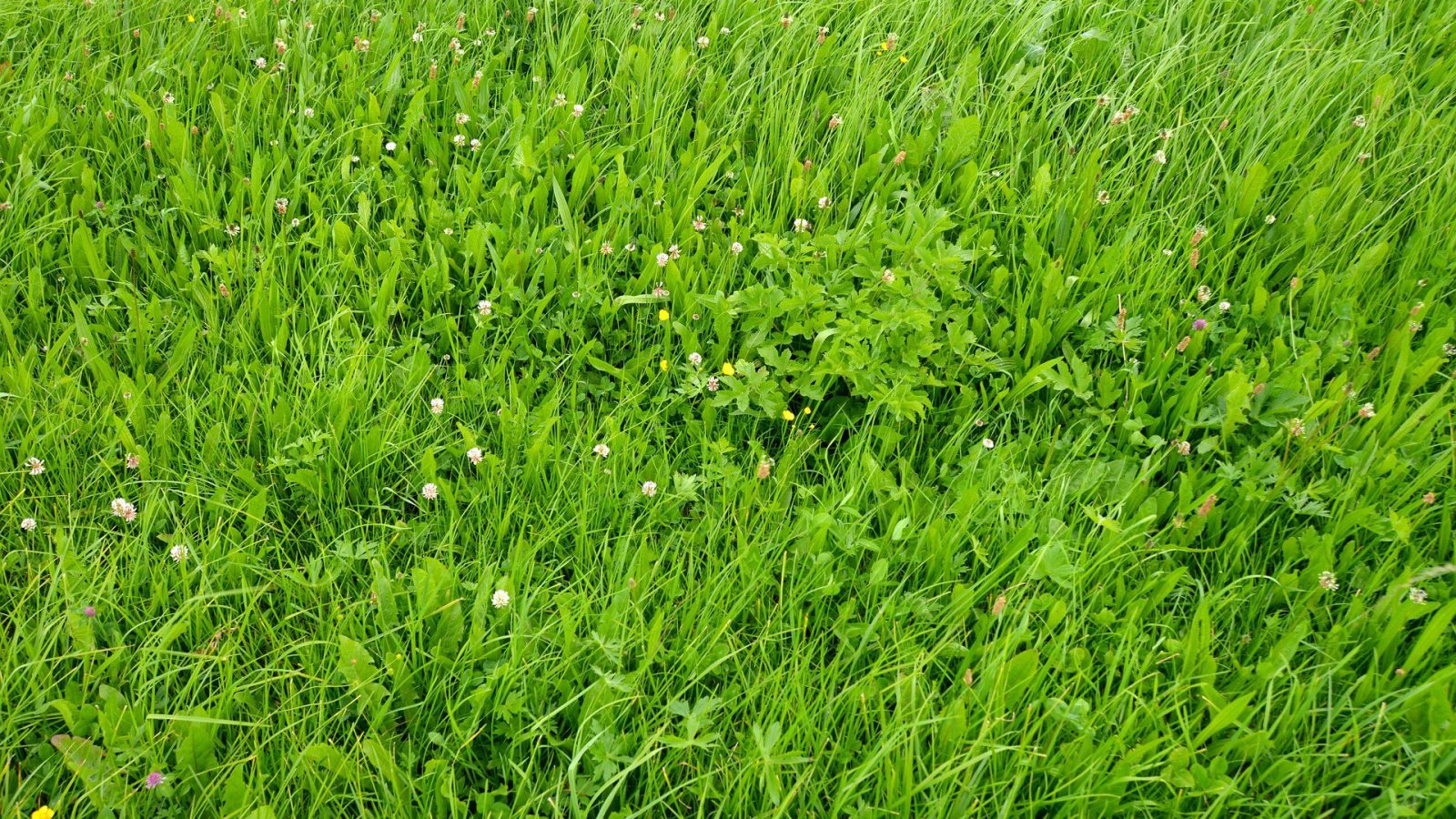Bijeenkomst: EGF2015 Auteur: Holshof G., Stienezen M.W.J. and Galama P.G. ISBN: 978-9090-289-61-8 Jaar van uitgifte: 2015 Producttype: Paper To obtain good grassland management, especially under grazing, requires accurate information about grass growth. In the Netherlands several methods have been introduced to estimate herbage mass. At present the rising plate meter is the most accessible tool …
Calibration of five rising plate meters in the NetherlandsRead More
